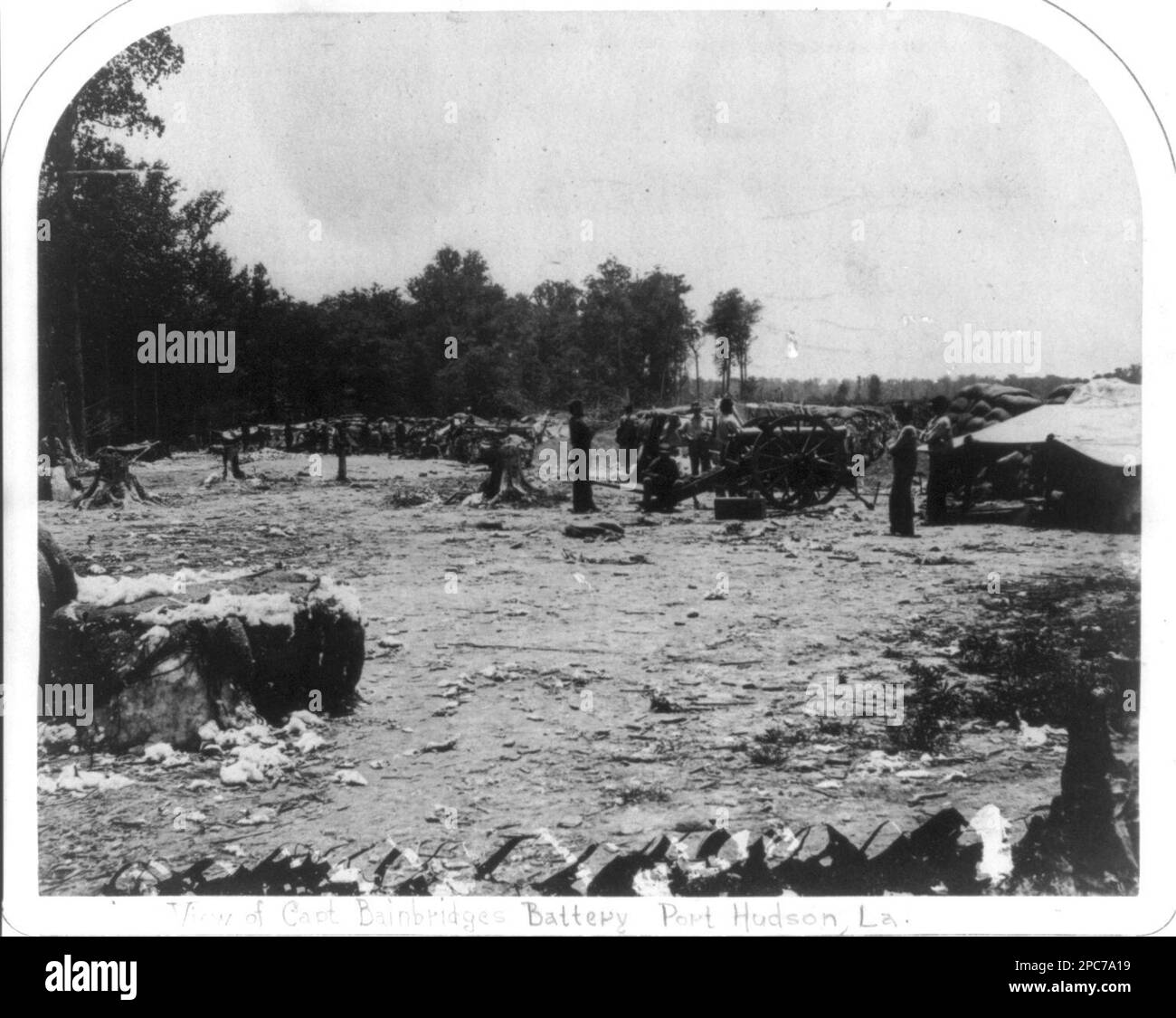
La Porthudson: A Symphony of Survival and Spirit in Port-au-Prince
The air in La Porthudson is a thick, pulsating tapestry woven from the scent of roasting plantains, exhaust fumes, sweat, and the faint, sweet perfume of jasmine. It’s a neighborhood in Port-au-Prince, Haiti, but to call it merely a neighborhood is to miss the beating heart of a city, a nation, and a people. Perched precariously on the hills overlooking the glittering, sometimes menacing, Bay of Port-au-Prince, La Porthudson is a microcosm of Haiti itself: a place of breathtaking beauty and brutal hardship, unyielding resilience and profound vulnerability, vibrant culture and pervasive struggle.
To enter La Porthudson is to surrender to its rhythm. The streets, often little more than winding, unpaved paths, are a perpetual carnival of motion and sound. Tap-taps, the brightly painted communal taxis, blare their horns, their destinations scrawled in whimsical Creole on their sides. Vendors hawk everything from fresh mangoes and sugarcane to pirated CDs and second-hand clothes, their cries forming a melodic, if insistent, chorus. Children, agile as mountain goats, dart through the throng, their laughter echoing against the makeshift corrugated iron walls and concrete structures that cling to the steep slopes.
This isn’t a place of quiet contemplation. It’s a living, breathing entity, a testament to the sheer will to exist, to thrive, and to find joy amidst overwhelming odds.

Historical Echoes and Enduring Scars
Port-au-Prince itself is a city steeped in history, a former colonial jewel turned capital of the world’s first independent Black republic. The echoes of the Haitian Revolution (1791-1804), a seismic event that shook the foundations of slavery and colonialism, resonate deeply here. Haiti’s very existence is an act of defiance, a perpetual struggle against external pressures and internal strife. La Porthudson, like many of Port-au-Prince’s bidonvilles (shantytowns), grew organically out of waves of rural-to-urban migration, driven by the promise of work, or simply survival, in the capital.
The most visible scar on the city, and on La Porthudson, remains the catastrophic 2010 earthquake. While many of the most dramatic images of destruction came from the city center, the informal settlements on the hillsides, with their precarious construction, also suffered immensely. Entire sections collapsed, taking with them homes, lives, and the fragile sense of stability many had painstakingly built. Even today, over a decade later, the physical and psychological aftermath lingers. The temporary tent cities have largely disappeared, replaced by new, often equally vulnerable, structures, but the memory of that day is etched into the collective consciousness.
"We lost so much," recalls Marie-Louise, a woman in her late sixties who sells grilled corn on a street corner, her face a roadmap of wrinkles. "My home, my cousin, my sense of safety. But we rebuilt. We always rebuild. It’s what we do in Haiti." Her words, delivered with a quiet strength, encapsulate the enduring spirit of La Porthudson.
The Informal Economy: A Web of Resourcefulness
Life in La Porthudson is primarily driven by the informal economy, a complex web of entrepreneurial ingenuity born of necessity. There are no large supermarkets or sprawling malls here. Instead, every corner, every alleyway, is a marketplace. Women, often the backbone of the household, are at the forefront, selling everything imaginable: fresh produce, cooked meals from portable stoves, charcoal, water sachets, phone credit, and an array of handmade crafts.
Jean-Pierre, a young man in his early twenties, operates a small boutik (shop) from a wooden shack no larger than a closet, selling snacks, sodas, and basic necessities. He inherited the business from his mother, who had started it with a small loan from a local microfinance group. "It’s not easy," he admits, wiping sweat from his brow. "The prices go up, the customers have no money, sometimes there’s no electricity for the fridge. But it’s mine. It feeds my family." His ambition, like that of many, is not to get rich, but to survive, to provide, and perhaps, to send his younger siblings to school.
This resourcefulness, known in Creole as débrouillardise, is the lifeblood of La Porthudson. It’s a testament to the human capacity to adapt, to innovate, and to create opportunities where none seem to exist. From mechanics repairing old motorcycles with minimal tools to tailors creating vibrant clothing on ancient sewing machines, the people of La Porthudson are masters of making do, and making beautiful.

Culture: The Unwavering Heartbeat
Amidst the grit and grind, La Porthudson pulsates with an undeniable cultural vibrancy. Music is everywhere. The rhythmic beat of Kompa, the popular Haitian dance music, spills from open doorways. Gospel hymns rise from small, crowded churches. And sometimes, particularly late at night or during Vodou ceremonies, the haunting, powerful drumming of traditional Vodou rhythms can be heard, connecting the present to ancient African roots.
Vodou, often misunderstood and demonized in the West, is a profound spiritual practice and a cornerstone of Haitian identity. It is a syncretic religion, blending West African traditions with Catholicism, born out of the horrors of slavery as a means of resistance and spiritual sustenance. In La Porthudson, Vodou temples, or hounfors, exist alongside Christian churches, and it is not uncommon for individuals to practice elements of both. Vodou offers not just spiritual guidance but also a strong sense of community and social support.
Art, too, flourishes in unexpected corners. Street art, often political or spiritual in nature, adorns walls. Artisans create intricate fer découpé (cut metal art) from discarded oil drums, transforming industrial waste into delicate, storytelling masterpieces. The resilience seen in daily life is mirrored in the artistic output, a powerful expression of identity and hope.
The Shadow of Instability and Violence
However, to paint an idyllic picture of La Porthudson would be to ignore its stark realities. The political instability that has plagued Haiti for decades manifests acutely in its urban centers. Gang violence, fueled by poverty, political manipulation, and a lack of state presence, is a constant, terrifying threat. Control over certain areas shifts, and clashes can erupt suddenly, turning vibrant streets into no-go zones. Kidnappings, extortion, and armed robberies are a daily fear, eroding trust and stifling economic activity.
"We live with fear," admits a young woman named Cassandra, who runs a small hair braiding business from her home. "Sometimes, the gangs fight, and we cannot leave our houses for days. The children cannot go to school. We just pray." The state’s inability to provide basic security, coupled with a collapsing justice system, leaves residents feeling abandoned and vulnerable. Access to clean water, sanitation, electricity, and healthcare remains woefully inadequate, especially in the more informal settlements. Disease outbreaks are common, and medical care is often inaccessible or prohibitively expensive.
The dreams of many young people in La Porthudson are often tempered by these harsh realities. Education, while highly valued, is expensive, and job opportunities are scarce. Many yearn to leave, to find a better life elsewhere, whether in other parts of Haiti or abroad. This brain drain further depletes the community of its potential.
The Enduring Spirit of Lavi Nan Pòtoprens
Yet, despite the formidable challenges, the spirit of La Porthudson endures. It’s a testament to the deep bonds of family and community, the unwavering faith, and an extraordinary capacity for joy. Even in the leanest times, Haitians find reasons to celebrate: a child’s birthday, a religious holiday, a simple gathering of friends sharing stories and laughter over a plate of griot (fried pork) and diri ak pwa (rice and beans).
"We are poor, yes," says an elderly man named Auguste, sitting outside his small home, watching the sunset paint the bay in hues of orange and purple. "But we are rich in spirit. We have our history, our music, our God, and each other. And no one can take that from us."
La Porthudson is not a place for the faint of heart. It is loud, chaotic, often dangerous, and relentlessly demanding. But it is also a place of profound human connection, fierce determination, and an indomitable will to live. It is a place where resilience is not just a concept but a daily practice, etched into the very fabric of its existence. To truly understand Port-au-Prince, and indeed Haiti, one must look beyond the headlines and listen to the symphony of survival and spirit that echoes through the vibrant, unyielding heart of La Porthudson. It is a story of struggle, but more importantly, it is a story of enduring hope.


